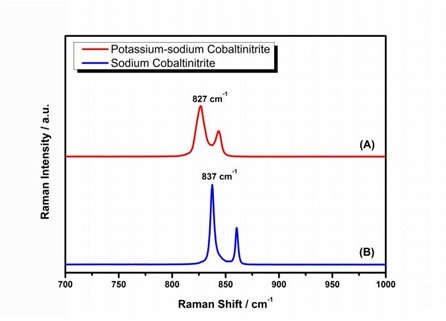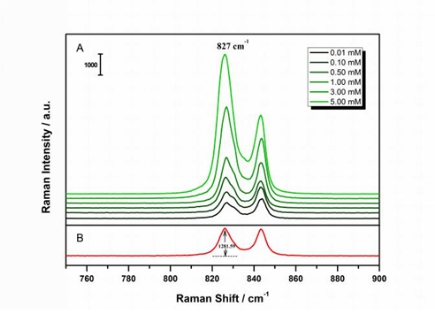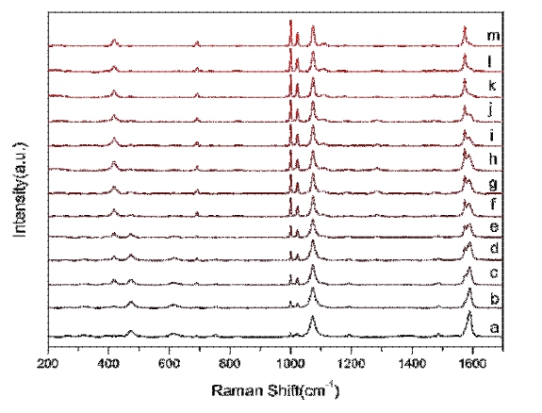| Launch:2019-07-26 |
* Introduction
Raman spectroscopy has been widely used in chemistry. In organic chemistry, it is mainly used as a means of structural identification and intermolecular interaction. The size and intensity of Raman shifts and the shape of Raman peaks identify the important basis for chemical bonds and functional groups. Using polarization characteristics, Raman spectroscopy can also be used as a basis for determining molecular isomers. For some environmentally symmetric groups such as - C=C -, - N=N -, their vibrations are very weak in infrared spectra, but can be detected in Raman spectra. The covalent bonds between metal ions and ligands in inorganic compounds are often Raman active, so Raman spectroscopy can provide information about the composition, structure and stability of coordination compounds. The crystal structure of inorganic compounds can also be identified. In catalytic chemistry, Raman spectroscopy can provide structural information of the catalyst itself and the species on the surface, and can also be used to study the preparation process of the catalyst in real time. At the same time, laser Raman spectroscopy is an important method to study the structure and properties of electrode/solution interface. It can be used in the fields of electrochemical catalysis, corrosion, electroplating and so on.
* Application
Detection of serum potassium concentration based on Raman spectroscopy
Potassium ions exist widely in animal and plant communities,it's play an important role in the life system. In the human life system, potassium ions play an irreplaceable role in regulating blood pressure, maintaining muscle strength and maintaining intracellular and extracellular osmotic pressure balance. It also plays an indispensable role in plants and animals. The neuromuscles of animals and Photosynthesis of plants are closely related to potassium ions. Raman spectroscopy, as a molecular level detection method, also plays an important role in ion detection.
Potassium ion in blood was detected by Raman spectroscopy. Potassium ion concentration was detected by using polytetrafluoroethylene (PTFE) as hydrophobic surface and easily combined with potassium ion by sodium cobalt nitrite. As shown in Fig.1, Fig.2


Fig.1 Raman spectra of sodium nitrite solution (blue) and sodium nitrite (potassium) (red).
Fig.2 Raman spectra of different concentrations of potassium ions added in sodium cobaltous nitrite
Raman spectroscopy analysis shows that the Raman spectra of potassium sodium nitrite with different concentrations of potassium ions have a very good linear relationship, which can be used to detect the concentration of potassium ions in blood.
Detection of structural changes of 4-MPBA under different PH environments
Compounds containing boric acid and derivatives have important applications in materials science, supramolecular chemistry, analytical chemistry, organic synthesis crystal engineering, medicine, biology and so on. As a typical boric acid organic compound, 4-MPBA has been widely used in nano-science and engineering.
Raman spectroscopy was used to detect 4-MPBA in different PH environments, as shown in Figure 3

Fig.3 Raman spectra of 4-MPBA in different PH environments
Raman spectra from a to m with PH values ranging from 1.0 to 13.0 were used by chemical researchers to analyze the changes in the molecular structure of 4-MPBA in different PH environments.
Raman spectroscopy has been widely used in the field of chemical analysis and plays a more and more important role because of its rapid, sensitive and accurate characteristics, and is a new detection technology for the interpretation of substances from the molecular level. With the development of Raman spectroscopy technology and the improvement of equipment, it will become an important detection technology in the field of chemical analysis.
Reference:
Application of Raman spectroscopy in the field of ion detection, chiral recognition and structural analysis, Hongyang Su et al

